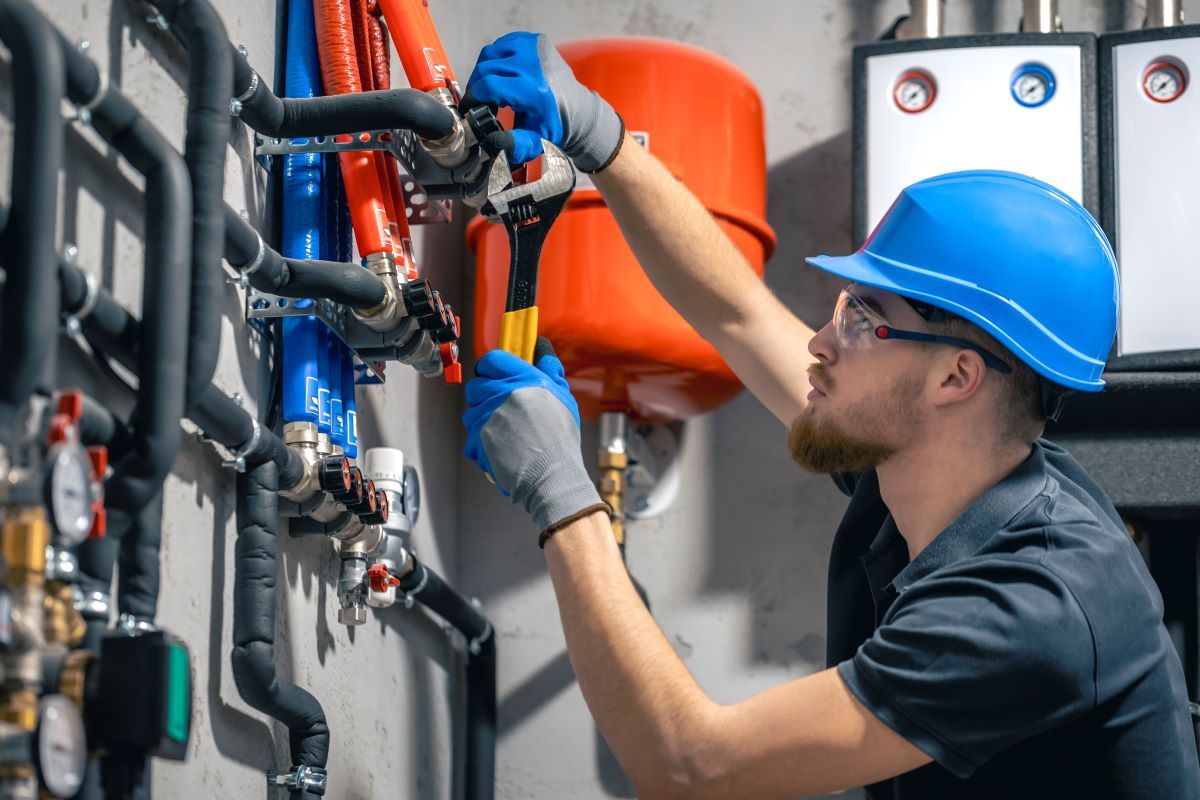
What Options Are Available for NRIs in Urgent Situations?
- vishal waghmaare
- Business
- 2025-07-23 13:58:07
- 931K
When it’s time to transfer funds from the US to India, especially during an emergency, NRIs need fast, secure, and efficient solutions. From sudden hospital admissions to urgent legal fees or last-minute tuition payments, delays in sending money can cause distress and financial disruption. That’s why understanding all available emergency transfer options becomes essential not just for convenience, but for peace of mind.
This guide is tailored to answer every critical question NRIs may have about emergency fund transfers in 2025. Let’s explore each method, its timelines, limits, advantages, and use cases so you're always ready, no matter the situation.
Why Emergencies Demand a Different Transfer Strategy
Unlike regular remittances, emergency money transfers have:
- No room for delay – every minute matters.
- Zero margin for error – accuracy is critical.
- Immediate access needs – recipients must use the money right away.
To transfer funds from the US to India during emergencies, you need a method that works best in the situation, not just the cheapest one.
1. Instant Account-to-Account Transfers (Real-Time)
How it works:
If your recipient has an Indian bank account with IMPS or Faster Payment System (FPS) support, international platforms using real-time rails can deliver money in minutes. These methods often use ACH debit or debit/credit card funding to initiate same-day delivery.
Best for:
- Medical bills
- Emergency purchases
- Rapid financial help
Key Tips:
- Always pre-add and verify beneficiary details in advance.
- Keep your US bank linked and verified for instant pulls.
- Choose services that offer delivery estimates before confirming payment.
Genuine Platforms:
- Wise (supports instant INR bank transfers)
- Remitly (Express)
Real Use Case:
During a medical emergency in Bengaluru, I used Wise to transfer funds from the US to India instantly. ₹50,000 was credited in less than 10 minutes, allowing my cousin to proceed with treatment.
Tip: Always pre-add recipient bank details on your platform for quicker future transfers.
By selecting a provider that enables near-instant delivery, you're already ahead of the game when emergencies strike.
2. Same-Day or 24-Hour Bank Deposits
Some situations, like paying tuition, utility restoration, or rent, may allow a 24-hour window. In such cases, choosing a remittance provider with guaranteed same-day delivery at a slightly lower fee is ideal.
This approach to transferring funds from the US to India combines speed with value.
Advantages:
- Lower transaction charges than real-time methods
- Transparent FX conversion
- Ideal for mid-range transfer amounts ($1,000–$10,000)
Genuine Platforms:
- Xoom (PayPal)
- Revolut
Example Use Case:
You initiate a transfer before 10 AM EST, and the funds are credited by 8 PM IST to your recipient’s account.
3. Credit/Debit Card Funded Transfers (for No-Liquid Cash)
In situations where your US checking account is low, but urgency is high, using a credit or debit card as the source of the transfer can help.
- Pros: Immediate processing
- Cons: Higher fees; credit card may charge cash advance fees
Genuine Platforms:
- Remitly
- Xoom
Example Use Case:
My bank flagged a fraud alert and froze ACH access. I used my credit card for a quick ₹30,000 transfer. It cost extra, but it reached my father in 15 minutes.
Use this option wisely, especially if you’re exceeding daily money transfer limits or don't want to liquidate investments instantly.
4. Cash Pickup Options in Semi-Urban and Rural India
How it works:
You send money using a remittance platform; your recipient picks up cash at a nearby bank or partner agent with ID.
For family members who prefer physical cash or live in areas where digital banking access is limited, cash pickup services can be a lifesaver. Transfers are made from your US bank or card and picked up at authorized locations in India.
Requirements:
- Valid government-issued ID for recipient
- Transaction code or MTCN
- Designated pickup point (bank/post office/agent)
Genuine Platforms:
- Western Union
- MoneyGram
- Ria
Great for:
- Elderly relatives
- Locations with weak digital infrastructure
- Emergency travel expenses
Example Use Case:
My grandmother in Amritsar doesn’t use digital banking. I used Western Union for a ₹20,000 transfer, and she picked it up in 3 hours from a nearby agent.
Tip: Brief the recipient ahead of time on where to go and what ID to carry, and share the transfer code securely.
5. NRE/NRO Accounts and Indian Bank-Based Transfers
How it works:
Indian banks like HDFC, ICICI, and SBI offer specialized portals that allow NRIs to remit money into their NRE or NRO accounts directly from the US.
If you hold an NRE or NRO account with an Indian bank, some institutions offer special remittance portals for NRIs with emergency transfer capabilities. These usually allow:
- Higher money transfer limits
- Direct inward remittance tracking
- Reduced processing time for verified users
Initiating transfers through these channels is effective when:
- The recipient is the NRI themselves
- Money is required in India for property, tax, or business payments
Genuine Platforms:
- Money2India by ICICI
- SBI Express Remit
- Remit2India
Example Use Case:
To fund a property down payment, I sent ₹5 lakhs to my NRE account through ICICI’s portal. Funds arrived in about 12 hours, secure and trackable.
Tip: Keep your NRE/NRO account KYC-compliant and enabled for online access.
6. International Wire Transfers via SWIFT
How it works:
Initiated through your US bank, these transfers go directly to Indian banks through the SWIFT system.
While not typically used for high-speed transfers, wire transfers are ideal for large emergency payments (above $25,000), especially when documents or proofs need to accompany the payment.
- Timeframe: 1–2 business days
- Cost: High (bank fee + FX margin)
- Security: Highest for documented transactions
This method is suitable for:
- Emergency real estate closing
- High-value medical payments
- Business liabilities requiring official proof
Initiate Through:
- Chase
- Wells Fargo
- Bank of America
Example Use Case:
We used this for a ₹35 lakh business transaction that required documents and official proof. It took 48 hours but was fully traceable.
Tip: Only use this when documentation and value outweigh the urgency. Avoid using this for medical emergencies. Use only when traceability is more important than speed.
Remember to check cut-off times and currency conversion handling when choosing this method.
7. Digital Wallets Linked to Indian Bank Accounts
How it works:
Some platforms allow you to send money using the recipient’s mobile-linked Indian bank account, crediting funds via account number and IFSC combo.
While you cannot send money online to India directly into consumer wallets like Paytm or PhonePe from the US, many Indian bank accounts now support mobile-linked quick transfers. Some remittance services offer instant delivery to such accounts using linked phone numbers and bank account data.
Caution:
This requires the recipient’s bank account to be properly linked and verified. It’s more reliable in metro cities or Tier 1 towns.
Genuine Platforms:
- WorldRemit
- Transfast (for some banks)
Example Use Case:
My brother lost his net banking credentials. I sent ₹15,000 using his mobile-linked bank details, and the funds reached him in under an hour.
8. How to Navigate Transfer Limits During Emergencies
In high-pressure situations, you must be aware of daily and monthly caps set by platforms, banks, and even US federal regulations.
- Most platforms allow $2,500–$10,000 per transfer.
- Cumulative monthly limits can go up to $50,000 or more.
- Transfers over $10,000 may require IRS Form 8300 filing
If you're nearing these limits, having a secondary verified provider or an Indian bank NRE/NRO channel becomes useful. This dual setup helps split emergency payments without violating compliance.
Tip: Avoid trying large first-time transfers in an emergency. Use platforms you've already verified with smaller prior transactions.
9. Smart Preparation for Faster Transfers Later
Being ready in advance ensures you don’t lose precious time when emergencies occur. Here’s how you can prep now:
- Set up and verify Indian beneficiary accounts
- Activate multiple remittance platforms.
- Link both checking and card funding options.
- Bookmark exchange rate comparison tools.
- Know the platform cut-off times in both EST and IST.
- Confirm if recipients have digital banking access.
By preparing these ahead, you reduce panic and improve response time during real emergencies.
Conclusion: Empowerment Through Preparation
When you transfer funds from the US to India during an emergency, every second counts. Whether it’s a matter of health, education, or legal action, having clarity and confidence in your transfer options can directly impact outcomes for your family.
From real-time bank transfers to cash pickups and NRE account remittances, there are several reliable options available in 2025. The key is not just knowing them but being ready to use them effectively.
Plan ahead, stay informed, and be the support system your loved ones can depend on without delays or regrets.
FAQs
Q1: What is the fastest way to transfer funds from the US to India in an emergency?
Instant bank transfers via verified platforms that support real-time Indian banking networks are the fastest and can deliver within minutes.
Q2: How much money can I send during an emergency from the US to India?
Most platforms support $10,000 per day. For higher amounts, use wire transfers or split across providers, keeping an eye on money transfer limits.
Q3: Can I send money online to India without a bank account on the recipient’s side?
Yes, you can use cash pickup services that allow recipients to collect cash from authorized centers in India with ID proof.
Q4: Is there a limit to how many times I can send emergency funds to India in a month?
While there’s no fixed number of transactions, exceeding $10,000 may trigger tax reporting in the US. Monitor monthly money transfer limits and choose compliant platforms.
Q5: What if the transfer fails during a critical emergency?
Contact customer support immediately. Keep transaction IDs and recipient details ready. Always have a secondary transfer provider as a backup.
Leave a Reply
Please login to post a comment.












0 Comments